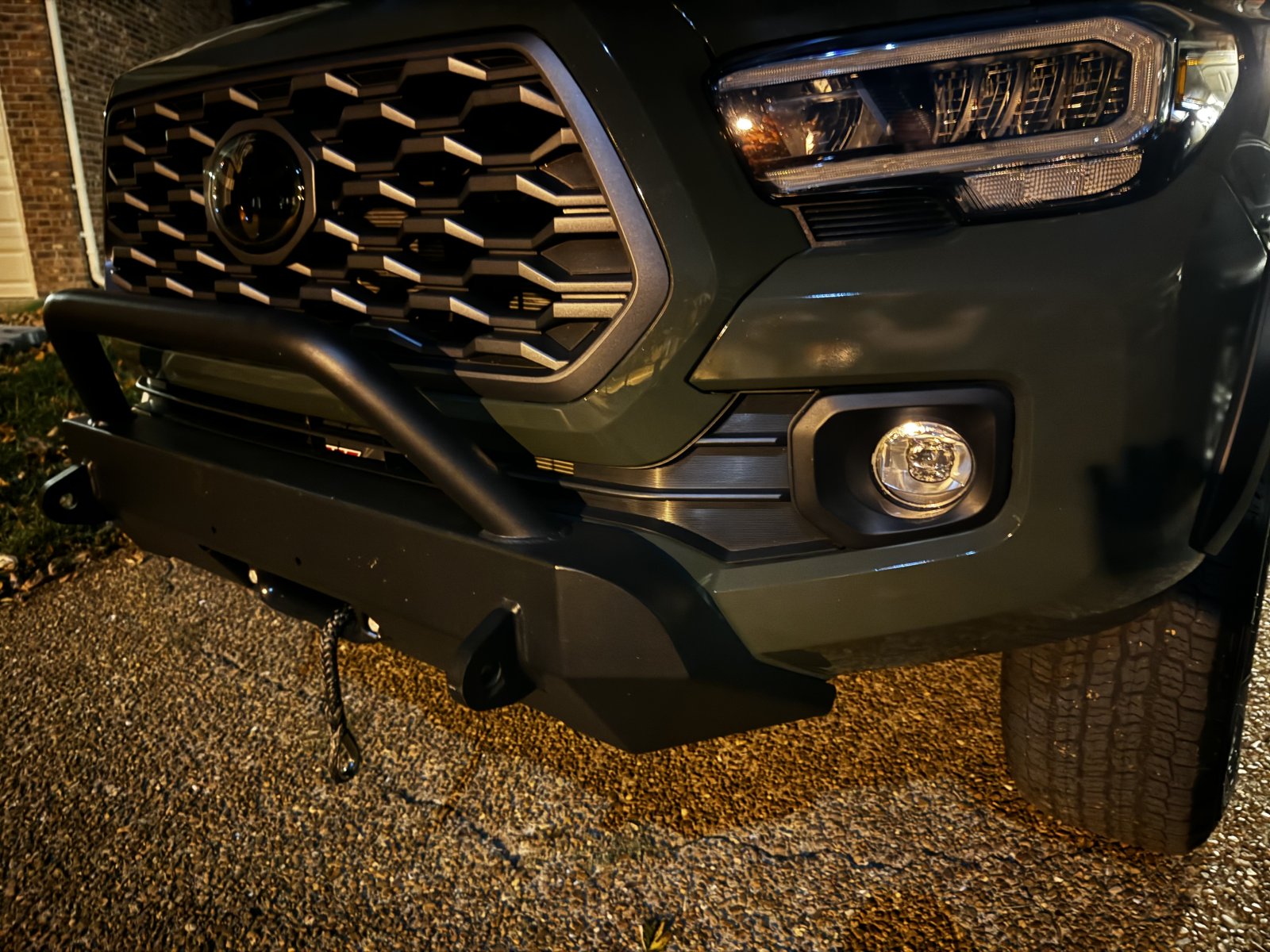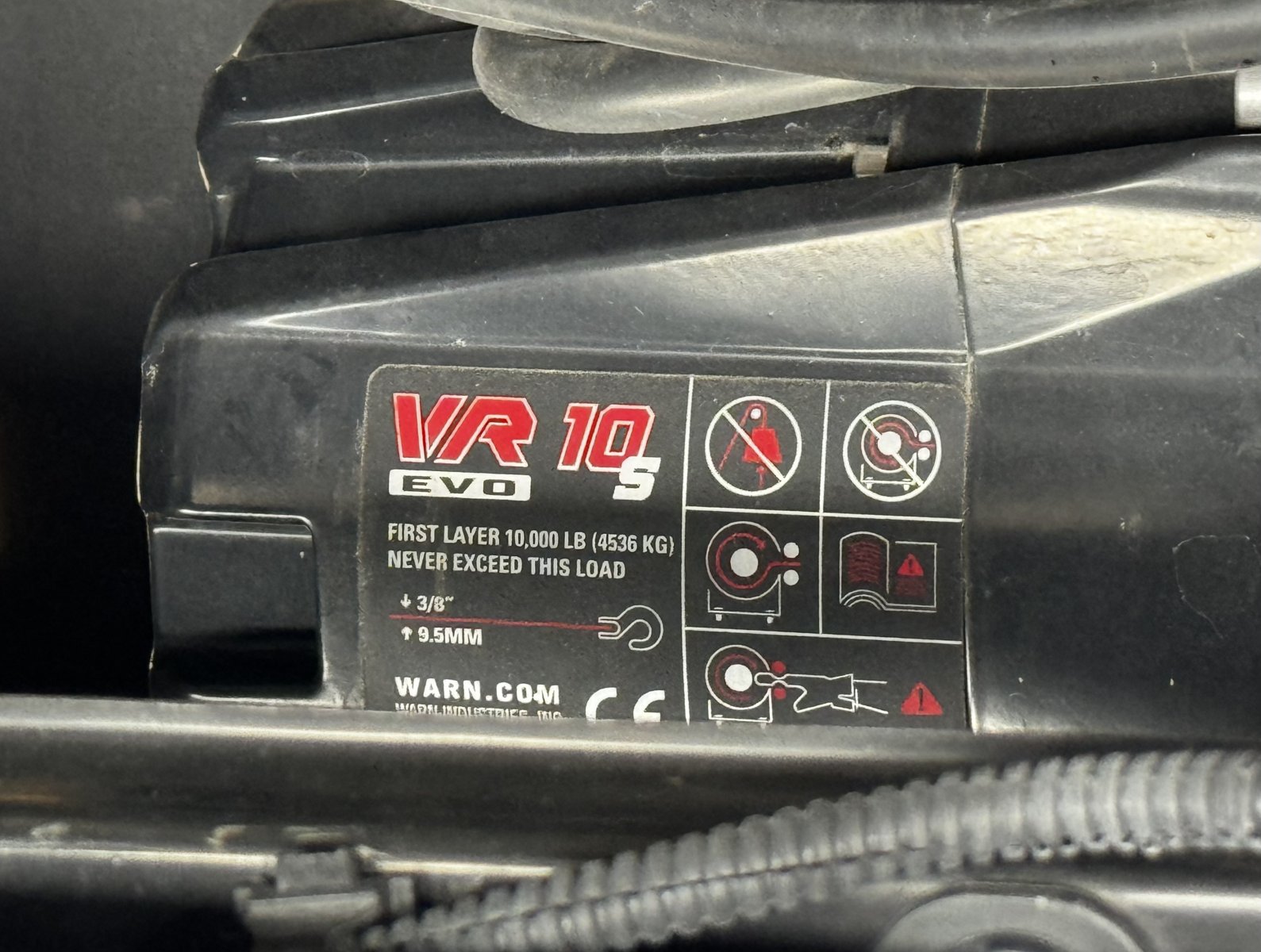MAJIK
Member
Hi fellow Gen3 owners! I just got a 2021 TRD Offroad and am noticing the truck dives nose down a little when braking. It’s not real bad, but it definitely does it.
My question is: how normal is that? Do stock Offroads do that, or is it maybe because the former owner of mine added a big steel push bar and winch up front? Should I consider counter-weighting in the back? That would reduce MPG, add to my gross weight, and increase stopping distance of course… but it might solve the brake diving and increase turning stability. Or maybe I could get stiffer springs up front? Dunno.
I’m also noticing a lot of uneven wear on the inside of the front two tires. This could be due to the added weight up front. I could probably solve that by getting an alignment to adjust the camber to handle that extra nose weight a little better. Or do they all do this and I just need to be rotating more frequently than I normally would?
Your thoughts are appreciated!
My question is: how normal is that? Do stock Offroads do that, or is it maybe because the former owner of mine added a big steel push bar and winch up front? Should I consider counter-weighting in the back? That would reduce MPG, add to my gross weight, and increase stopping distance of course… but it might solve the brake diving and increase turning stability. Or maybe I could get stiffer springs up front? Dunno.
I’m also noticing a lot of uneven wear on the inside of the front two tires. This could be due to the added weight up front. I could probably solve that by getting an alignment to adjust the camber to handle that extra nose weight a little better. Or do they all do this and I just need to be rotating more frequently than I normally would?
Your thoughts are appreciated!


